You can trust Cyclingnews
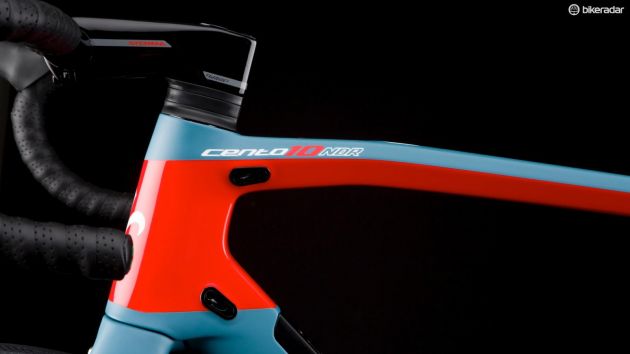
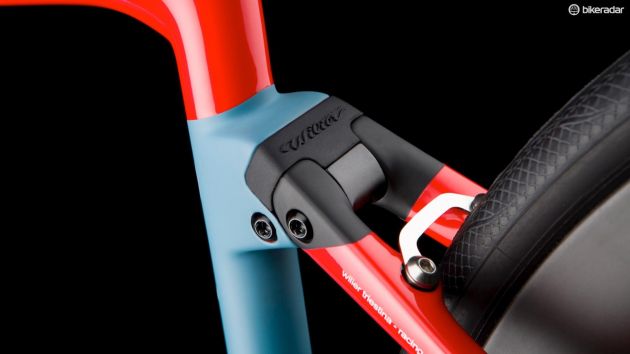
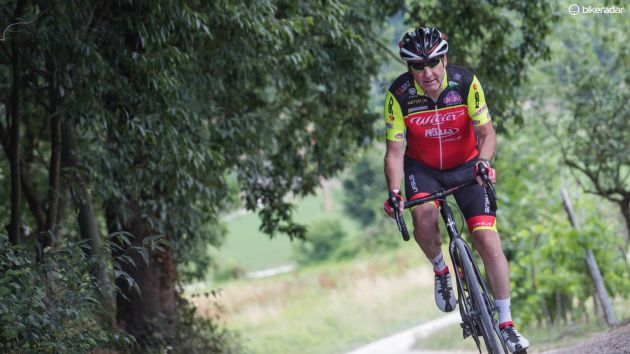
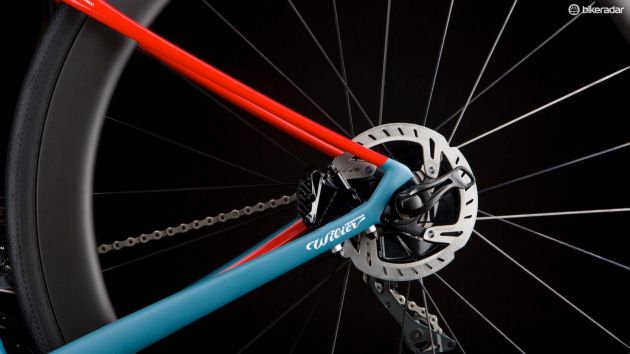
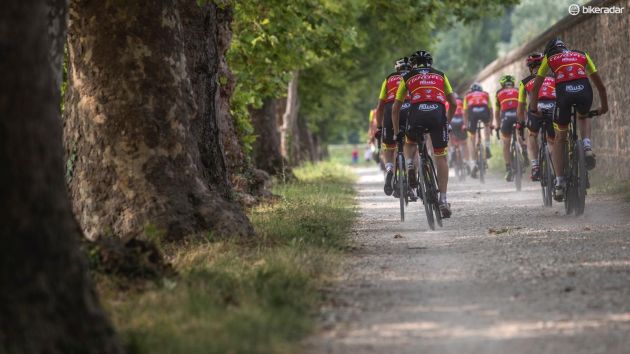
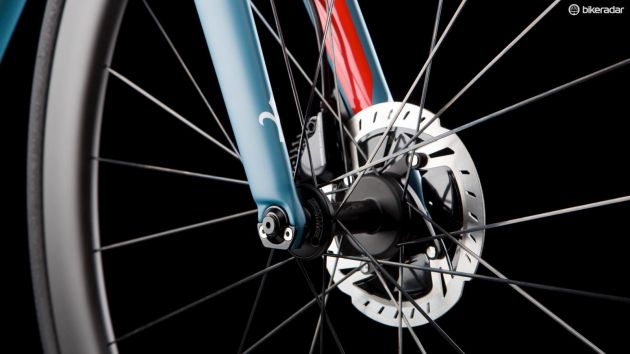
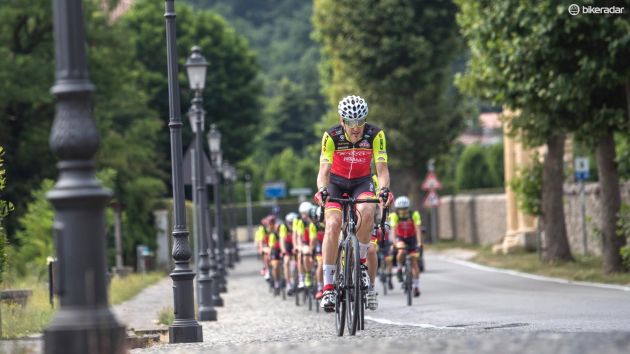
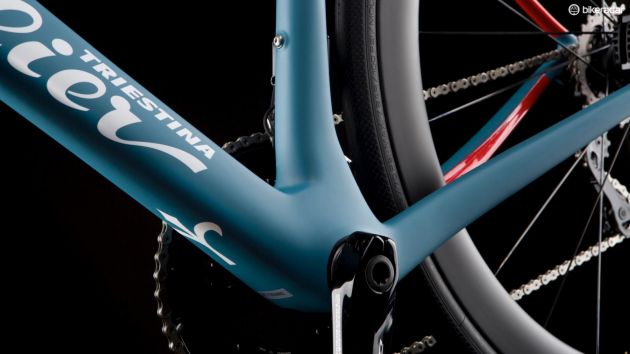
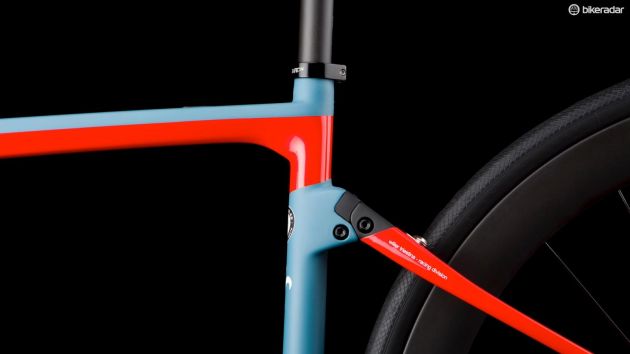
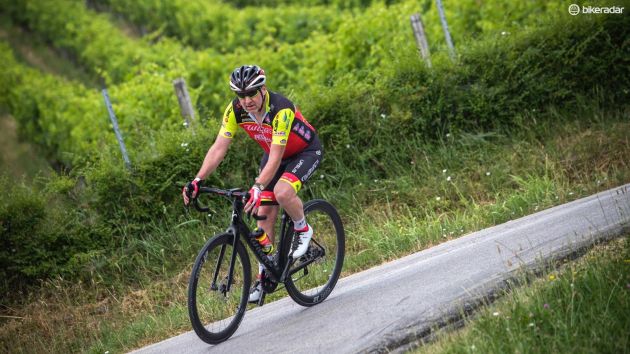
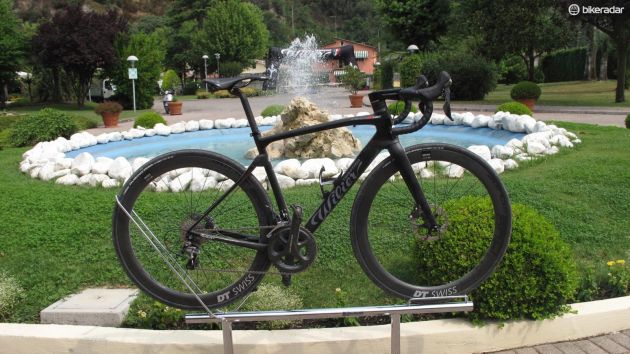

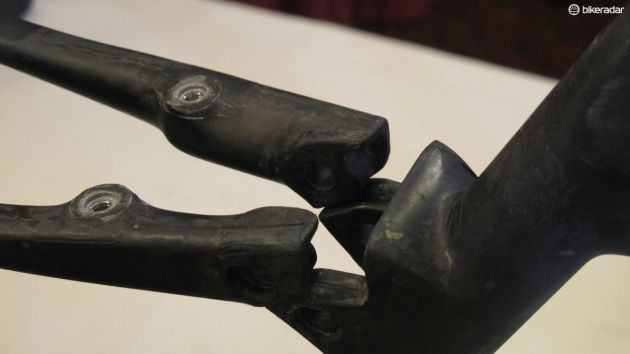
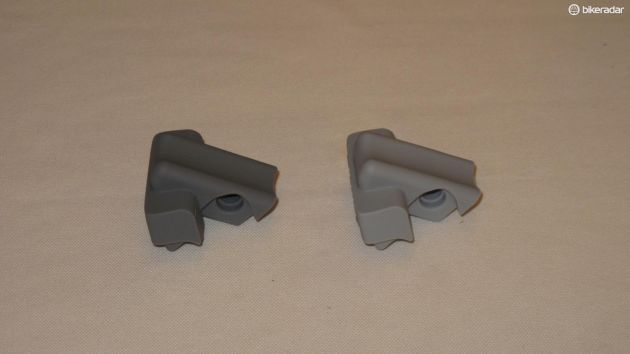
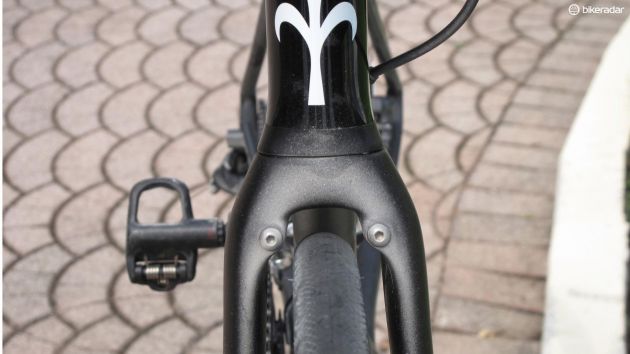
This article originally appeared on BikeRadar
Wilier-Triestina has a history dating back more than a hundred years, but this doesn't stop the northern Italian brand moving with the times, and it's about to launch a new take on its Cento10Air road bike — the Cento10NDR.
It's not another three-letter acronym but actually short for endurance, and is another of the new breed of road bike that comes with a form of rear suspension along with aero tubes with NACA and Kamm tail profiles.
Road, not gravel bike

The super-smooth bottom bracket shell houses a press-fit bottom bracket
However, Wilier's product manager Claudio Salomoni was very keen to stress that the NDR is not a gravel bike with limited clearance but a "high-end racing bike with large clearances… perfect for spring classics or cobbled races."
In the NDR's case there's enough room for 32m tyres with disc brakes and 28mm with caliper rim brakes.
Salomoni also described it as a race machine with extra comfort, a bike well suited to the needs of older, slightly less flexible riders, who are becoming a more important sector of the market as our population ages — hence the slightly taller head tube and the less aggressive reach and stack figures compared with the Cento10Air.

An unfinished NDR frame without the Actiflex and link
Frame weight is a claimed 1,080g and in a race spec it should be possible to get close to the UCI weight limit, although mine would have been nearer 8kg.
The suspension comes courtesy of a synthetic rubber techno-polymer that Wilier calls Actiflex: "a new system that isolates the rider from the ground". This differs from Trek's IsoSpeed in one particular way, as Wilier was at pains to point out: in Trek's system the seat-tube flexes with the saddle going up and down; with Actiflex the distance between the saddle and bottom bracket remains constant — the rear triangle moves instead, with damping that's designed to offer "a few millimetres of rear-wheel travel."

The Actiflex 'techno-polymer' is available in three different hardnesses
The Actiflex is designed to work in temperatures from -40 to 150°C, which should cover most of our riding experiences!
Wilier will supply each NDR bike with Actiflex elastomers in three different hardnesses so you can tune the bike to your own specific riding requirements. The elastomer sits in an alloy link that connects the frame to the seatstays, which allows vertical movement while, yep, "maintaining maximum lateral stiffness". Of course. And you can swap the Actiflex yourself using a Torq key.

You can swap between the Actiflexes using a Torq key
It's a system that looks more solid than the suspension on the Pinarello FS-8, and Salomoni says that Wilier has been working on the Actiflex system since 2014.
Maximising versatility
The NDR inherits the Cento10Air's integrated cable plate in the down tube, which allows the NDR to run mechanical or electronic groupsets, but Wilier factors in even more versatility with the NDR.
The bike I rode came with hydraulic disc brakes and front and rear 12mm thru-axles, but removable dropouts allow you to adapt it for quick-release axles if you prefer — the rear with a 130mm axle and rim brakes or a 142mm thru-axle with discs.
The cabling and hoses are neat too, with the front hose routed through Wilier's dedicated 'Stemma' stem and head tube.
On the road

Great braking control from the Shimano Ultegra hydraulic discs
I took my Shimano Ultegra- and disc brake-equipped NDR for a two-hour ride through Padova's quiet vineyard-lined roads, taking in numerous different road surfaces and topography.
While those "few millimetres" of travel don't sound like much, it made a genuine difference on the short stretches of cobbles and even more so on the kilometres of unsurfaced white gravel roads through fields and alongside waterways. I'm pretty sure I was faster on this than I would have been on a similar bike without the suspension.

There was no evident rear-end flex even on out-of-saddle efforts
The ride also seemed to confirm one of Wilier's other claims about the damping effect of the Actiflex — that it reduces the energy transmitted to your backside from some bumps by 70 percent.
Broken road surfaces that would normally leave you battered and cursing were noticeably muted and smoothed, which should really add to the NDR's endurance credentials.
The other side of Wilier's claims also seemed to be vindicated. Okay, I was riding discs rather than caliper brakes, but I couldn't induce any evident flex in the rear end, which would suggest that yes, this does combine the much-vaunted combination of being laterally stiff — i.e. efficient — and vertically compliant, or what we call 'comfortable' in non-marketing speak.

The Cento10NDR was exceedingly comfortable over the loose gravel sections
It climbed confidently whether spinning in the saddle or cranking it standing up, and you could throw it downhill too, where quality braking aided the NDR's general sure-footedness.
The CentoNDR range

The bike is available in four colours
The Cento10NDR will be available in four colour choices, and early next year you'll also have the option of Wilier's 'Infinitamente' — a colour customisation configurator that allows you to unleash your inner artist.
There are four rim-braked and four disc-braked NDRs in the line-up, topped by the £9,300 model with Dura-Ace Di2, hydraulic discs and DT Swiss ERC 1400 Spline wheels.
The least expensive comes with Ultegra, DT Swiss ER 1600 Spline wheels and discs. Rim-braked models cost from £4,800 with Ultegra to £7,800 with SRAM eTap. All prices are provisional.